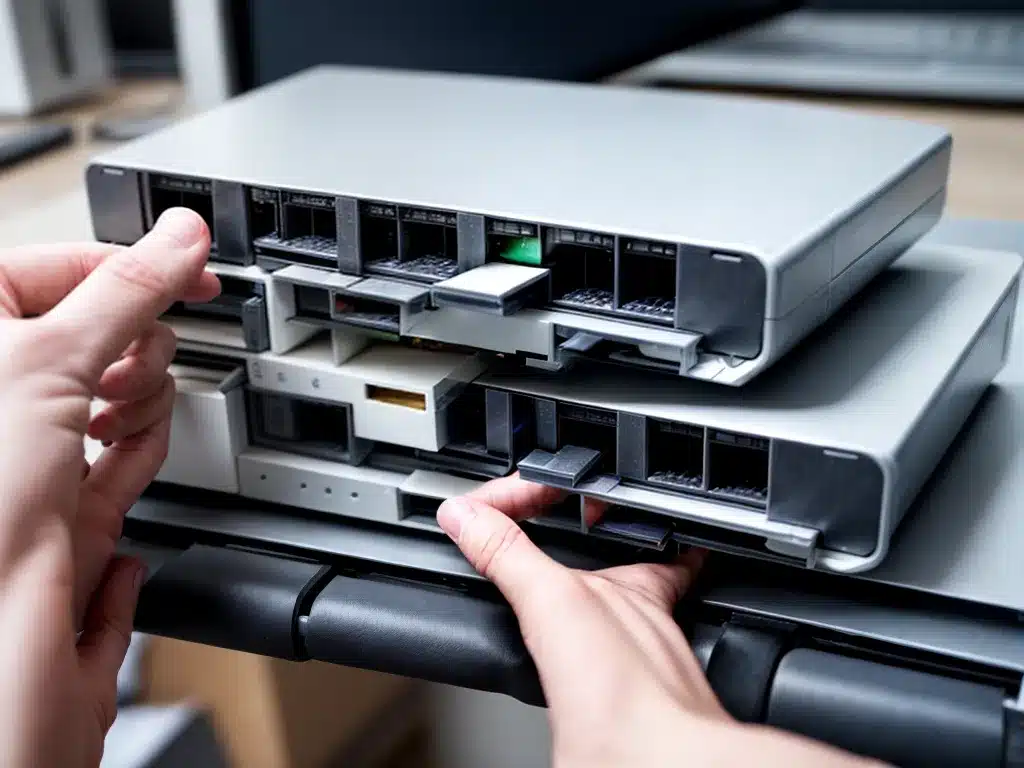
Why I decided to switch to offsite backup
I had been using external hard drives and USB drives to back up my important files for years. However, I started to worry that having all my backups in my home was risky – if the house was broken into or damaged in a fire or flood, I could lose everything.
I did some research on offsite backup services and decided that was the best option for me to ensure my files were secure. The main advantage of offsite backup is that your data is stored remotely in the cloud or in a secure offsite facility. So if anything happens to your computer or home office, your backups are safe in another location.
Here are some of the key reasons I wanted to switch to offsite backup:
- Reduced risk of losing data due to theft, hardware failure, natural disasters, etc.
- Automatic backups – set it and forget it. Don’t have to remember to plug in an external drive.
- Accessibility – I can access my backed up files from anywhere with an internet connection.
- Reliability – Reputable services use enterprise-grade hardware and security protocols.
- Versioning – Many services retain previous versions of files.
Choosing an offsite backup provider
I researched several popular cloud backup services including Backblaze, IDrive, Acronis, Carbonite, and CrashPlan. A few key factors I considered when comparing them:
- Storage limits – I have about 1 TB of data to back up. Some services limit how much you can back up.
- File types supported – I have photos, videos, documents, and other file types. Wanted to make sure none were excluded.
- Restore options – Ability to restore entire backup set or individual files easily.
- Security – Used latest encryption standards to protect my data.
- Price – Cost effective for my budget. Some charge per computer versus per GB of storage.
I ultimately chose Backblaze as they had unlimited storage for a reasonable flat rate, allowed me to back up external hard drives, and made it easy to restore files.
Setting up the offsite backup process
Once signed up for Backblaze, I just had to download and install their desktop app. It was very user-friendly.
I configured it to continuously backup specific folders on my main laptop hard drive as well as designated external drives. The initial upload of all my data took several days on my internet connection.
One setting I adjusted was to throttle bandwidth usage. This prevented the backup app from slowing down other internet activities.
I also took advantage of Backblaze’s option to encrypt my backup data with a private encryption key. This provides an extra level of security.
My experience with automated offsite backup
It’s now been several months since I switched to automated offsite backup through Backblaze. Overall it has been set-it-and-forget-it easy.
Here are some key points about my experience:
- After the initial upload, incremental backups are fast – only new or changed files get transferred day-to-day.
- I appreciated being able to access previous versions of files when I accidentally made changes or deletions on my local drive. Just restored the file from an earlier date.
- Backblaze sends email alerts if any problems arise with the backups. Luckily I have not had any issues.
- I feel a sense of relief knowing my files are securely backed up remotely. No more worrying about external drives failing.
- I can access my files from my phone or another computer if needed through the Backblaze website or mobile app.
The only annoyance has been re-uploading after getting new external hard drives. But the process was easy enough.
Overall I am very glad I decided to implement automated offsite backup. It gives me peace of mind that my important files are protected outside my home. I would strongly encourage anyone relying on manual drives or discs for backup to consider an offsite service for greater security and convenience. Let me know if you have any other questions!












